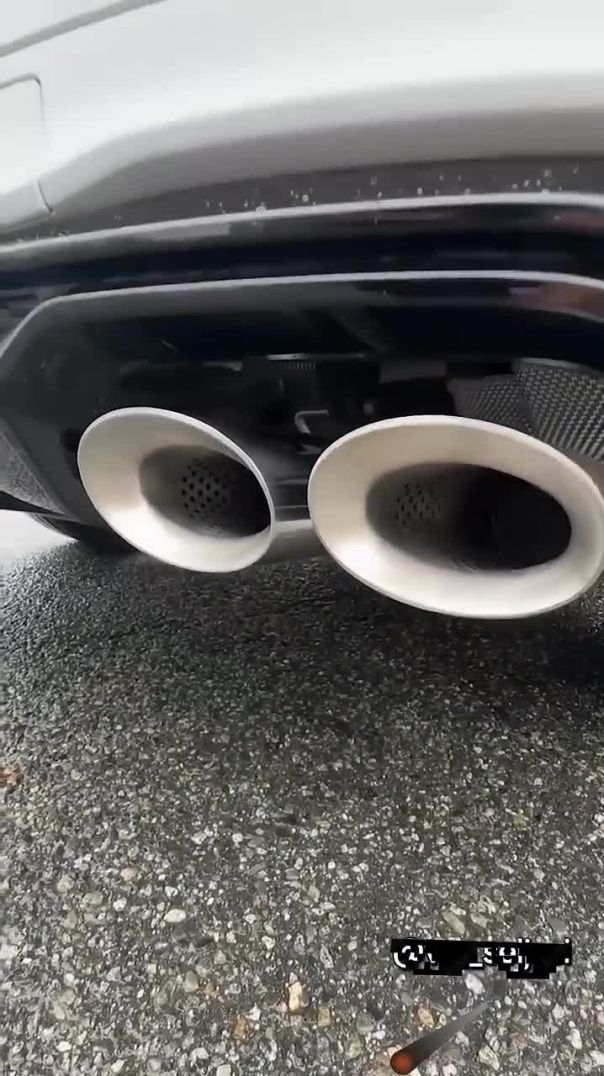175 Views· 20 May 2024
How Car Oil Filters are Made
Ensuring Engine Longevity and Performance
Car oil filters play a crucial role in maintaining the health and efficiency of an engine. They remove contaminants from the engine oil, ensuring clean lubrication and preventing damage to engine components. This detailed look into the manufacturing process of car oil filters will give you an appreciation for the precision and engineering that goes into making this essential automotive part.
**1. Design and Material Selection: Crafting the Blueprint**
- **Design Phase:** Engineers design oil filters to meet specific performance criteria, including filtration efficiency, flow rate, and durability. CAD software is often used to create detailed designs.
- **Material Selection:** High-quality materials are chosen for the various components of the filter. The housing is typically made of steel or aluminum, the filter media from cellulose, synthetic fibers, or a blend, and the gaskets from rubber or silicone.
**2. Component Manufacturing: Building the Parts**
- **Filter Media Preparation:**
- **Material Cutting:** The raw filter media is cut into the required shape and size.
- **Pleating:** The cut media is pleated to increase the surface area, allowing for better filtration. The pleats are often bonded with resin to maintain their shape.
- **Housing Production:**
- **Metal Stamping:** Steel or aluminum sheets are stamped and formed into the shape of the filter housing using high-pressure presses.
- **Seam Welding:** The stamped metal is welded to form a seamless and durable shell.
- **End Cap Production:**
- **Molding or Stamping:** End caps are either molded from plastic or stamped from metal, designed to securely hold the filter media in place within the housing.
**3. Assembly: Putting the Pieces Together**
- **Inserting the Filter Media:** The pleated filter media is inserted into the housing. This is done carefully to ensure the media is centered and secured.
- **Attaching End Caps:** The end caps are fixed to the top and bottom of the filter media, often using adhesives or mechanical fastening methods.
- **Adding Anti-Drainback Valve:** Many filters include an anti-drainback valve to prevent oil from draining out of the filter when the engine is off. This valve is typically made of rubber or silicone and is installed on the inlet side of the filter.
- **Sealing the Housing:** The top and bottom of the housing are crimped or welded to ensure a tight seal, preventing oil leaks.
**4. Quality Control: Ensuring Reliability and Performance**
- **Leak Testing:** Completed filters are tested for leaks by applying pressure to ensure that no oil escapes from the housing.
- **Filtration Efficiency Testing:** Filters are tested to verify that they meet the required standards for removing contaminants.
- **Flow Rate Testing:** The flow rate of the filter is tested to ensure it allows enough oil to pass through to meet the engine’s demands.
**5. Packaging and Distribution: Ready for the Market**
- **Labeling:** Each filter is labeled with important information, including the part number, manufacturer, and sometimes the specifications.
- **Packaging:** Filters are packaged in protective boxes to prevent damage during shipping. The packaging often includes instructions and warranty information.
- **Distribution:** The packaged filters are then shipped to warehouses, retailers, and auto repair shops around the world, ready to be installed in vehicles.
**Conclusion: Precision and Quality in Every Filter**
The process of making car oil filters involves meticulous design, high-quality materials, and rigorous testing to ensure each filter performs reliably under various conditions. Understanding this process highlights the importance of choosing high-quality oil filters for your vehicle, ensuring engine longevity and optimal performance. The next time you replace your car's oil filter, you'll have a greater appreciation for the craftsmanship and engineering behind this essential component.



























0 Comments